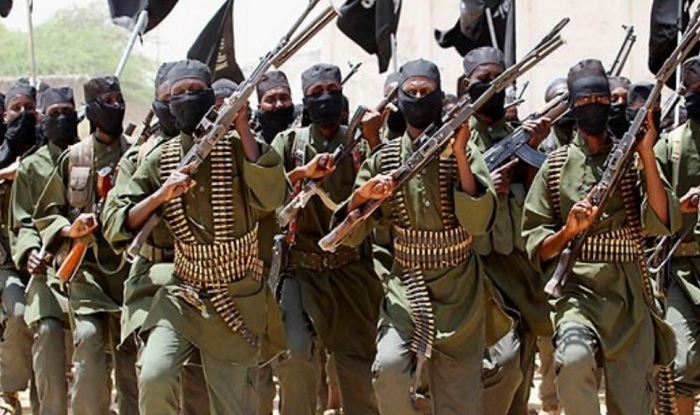Concerns grow of US downplaying al-Qaeda numbers and strength

Edmund Fitton-Brown, coordinator of the United Nations monitoring team for Islamic State (ISIS), al-Qaeda, and the Taliban warned on Friday that senior al-Qaeda members are still in Afghanistan, as well as hundreds of armed operatives.
Speaking during a webinar on the future of Afghanistan, Fitton-Brown said: “[Al-Qaeda leader] Ayman al-Zawahiri remains close to the Taliban,” adding that the “Taliban regularly consulted with al-Qaeda during the negotiations with the United States and they offered informal guarantees that [they] would honor their historic ties with al-Qaeda.”
This, however, is in contravention of the US-Taliban agreement signed in February in Doha which states the Taliban must break all ties with terrorist groups, including al-Qaeda.
Fitton-Brown’s warning is not however new as a UN report issued in July stated the group is “covertly active in 12 Afghan provinces,” and that it likely commands 400 to 600 fighters.
Afghan officials have also rejected claims that the threat from al-Qaeda has disappeared. In May, the acting head of the National Directorate of Security (NDS), Zia Seraj, said: “The Taliban try to use these groups and organizations more than before in fighting inside Afghanistan.”
VOA reported that UN member states have further warned of additional armed support from the group al-Qaeda in the Indian Subcontinent (AQIS), an affiliate that is thought to have another 150 to 200 fighters in Afghanistan’s Nimroz, Helmand and Kandahar provinces.
The report states that while international and Afghan counterterror officials see a growing threat, a number of key US officials continue to portray al-Qaeda in Afghanistan as a fading power.
US Secretary of State Mike Pompeo recently said there are “fewer than 200 al-Qaeda left in Afghanistan,” while days later, National Counterterrorism Center Director Christopher Miller stated in written testimony to lawmakers on the House Homeland Security Committee that al-Qaeda’s presence in the country has been reduced to a few dozen fighters.
But one international counterterrorism official, speaking on condition of anonymity, told VOA that such optimistic pronouncements are “hugely problematic.” Others warn the US is making a mistake by failing to account for substantial support from a vast majority of the 10,000 foreign fighters currently in Afghanistan.
However, other officials and experts fear the US assessments of a “few dozen” al-Qaeda fighters are not intended to be accurate, but rather to align with repeated calls by US President Donald Trump to get American troops out of Afghanistan as soon as possible.
A senior fellow with the Foundation for Defense of Democracies, Thomas Joscelyn told VOA: “It’s just not credible to say that there are only a few dozen al-Qaeda guys running around Afghanistan.”
“There are so many pronouncements made by the military on al-Qaeda’s strength in Afghanistan that were wrong over the years,” he said, noting earlier US estimates of as few as 50 operatives. “They just go from one inaccurate assessment to another.”
But Joscelyn added even the UN estimates of 400 to 600 al-Qaeda operatives might be too low.
“The Pakistani Taliban is known to have a very tight relationship with al-Qaeda,” Joscelyn told VOA.
“How many of the Pakistani Taliban guys…are dual-hatted, they’re also al-Qaeda guys? Nobody can tell you, but we know that some of them are.”
